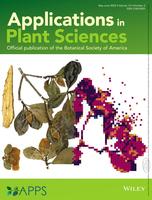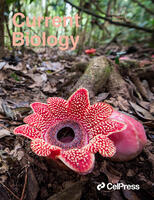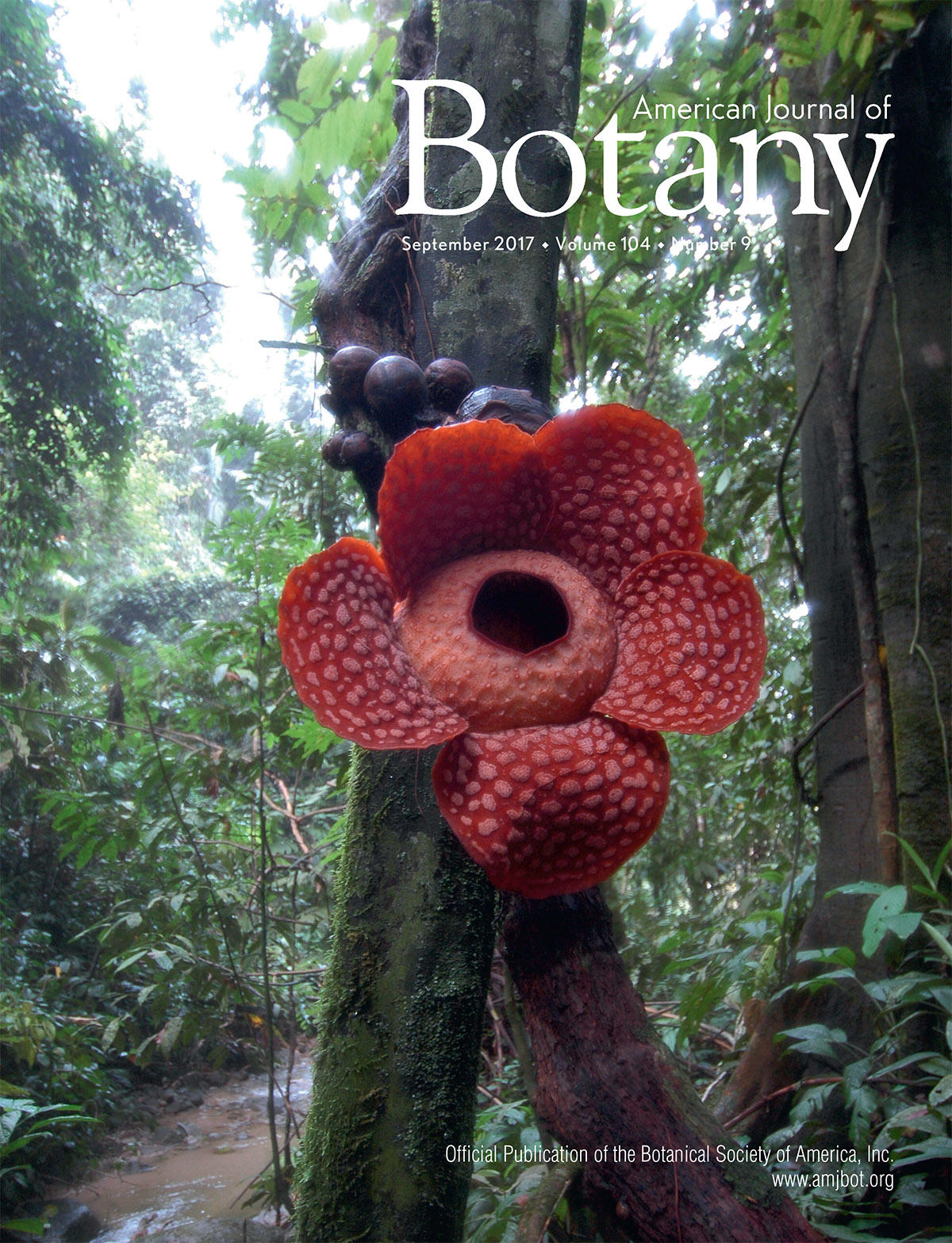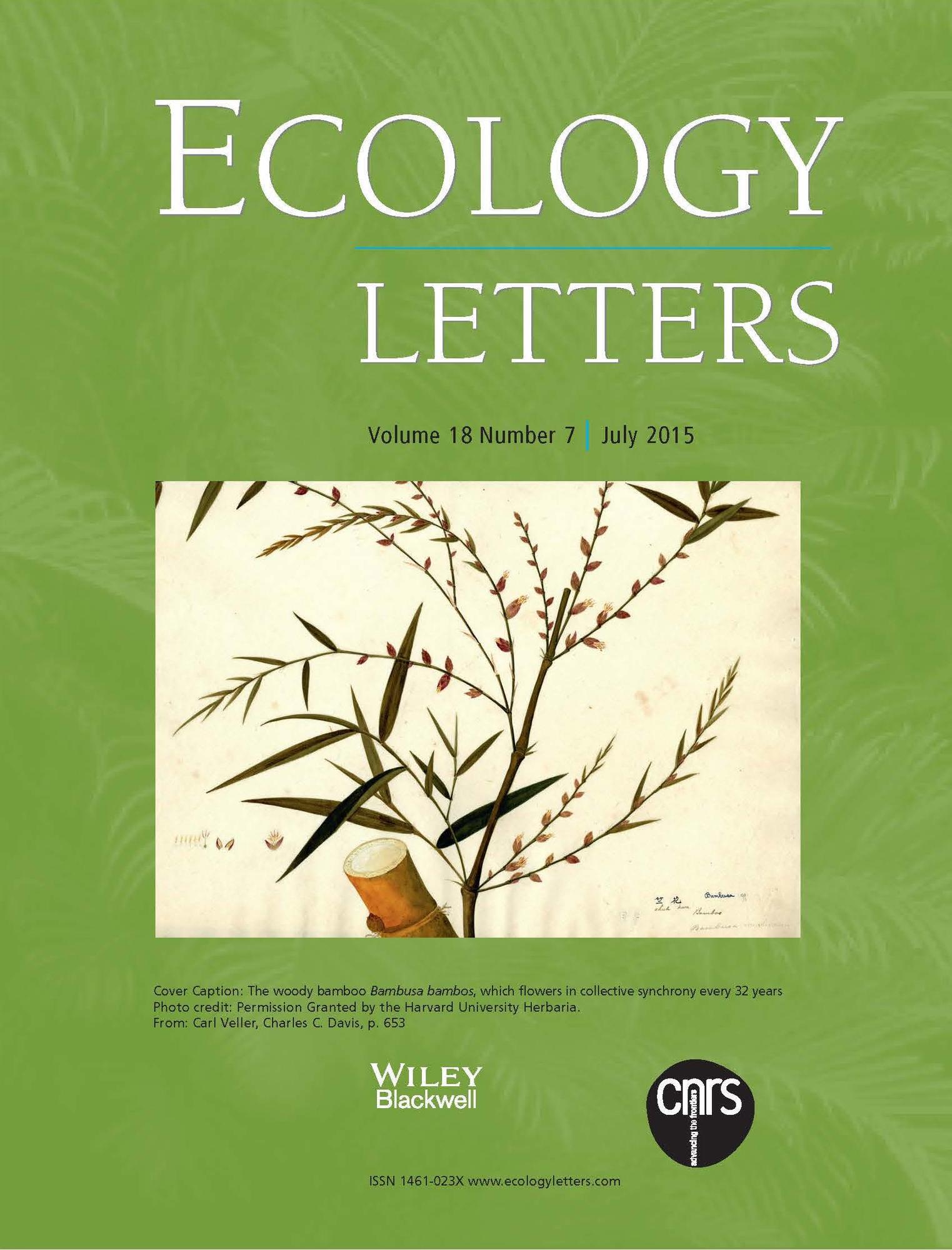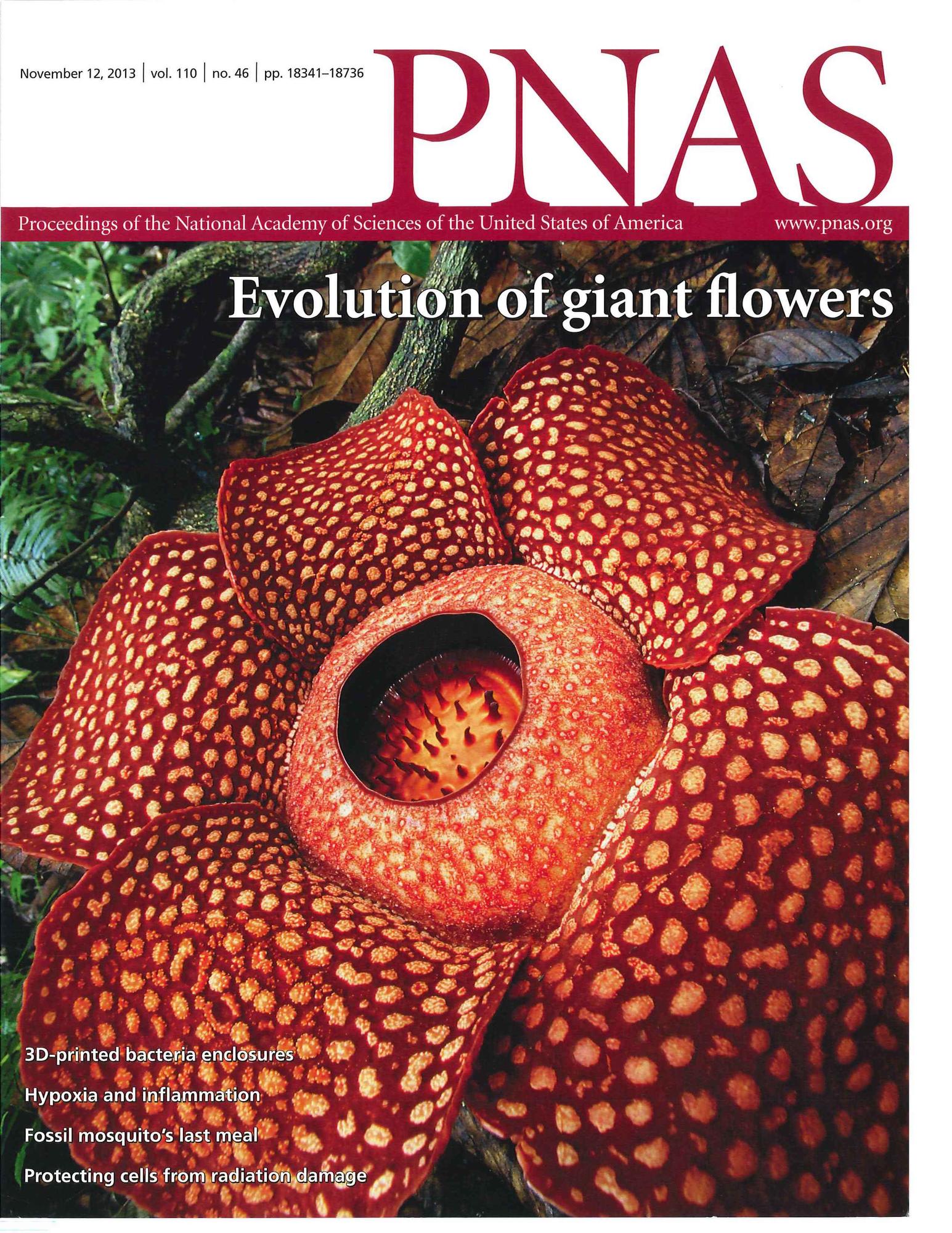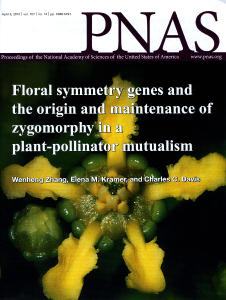Citation:
| 1.41 MB |
Abstract:
Flowering times are well-documented indicators of the ecological effects of climate change and are linked to numerous ecosystem processes and trophic interactions. Dozens of studies have shown that flowering times for many spring-flowering plants have become earlier as a result of recent climate change, but it is uncertain if flowering times will continue to advance as temperatures rise. Here, we used long-term flowering records initiated by Henry David Thoreau in 1852 and Aldo Leopold in 1935 to investigate this question. Our analyses demonstrate that record-breaking spring temperatures in 2010 and 2012 in Massachusetts, USA, and 2012 in Wisconsin, USA, resulted in the earliest flowering times in recorded history for dozens of spring-flowering plants of the eastern United States. These dramatic advances in spring flowering were successfully predicted by historical relationships between flowering and spring temperature spanning up to 161 years of ecological change. These results demonstrate that numerous temperate plant species have yet to show obvious signs of physiological constraints on phenological advancement in the face of climate change.
Notes:
Ellwood, Elizabeth RTemple, Stanley APrimack, Richard BBradley, Nina LDavis, Charles CengResearch Support, U.S. Gov't, Non-P.H.S.2013/01/24 06:00PLoS One. 2013;8(1):e53788. doi: 10.1371/journal.pone.0053788. Epub 2013 Jan 16.

